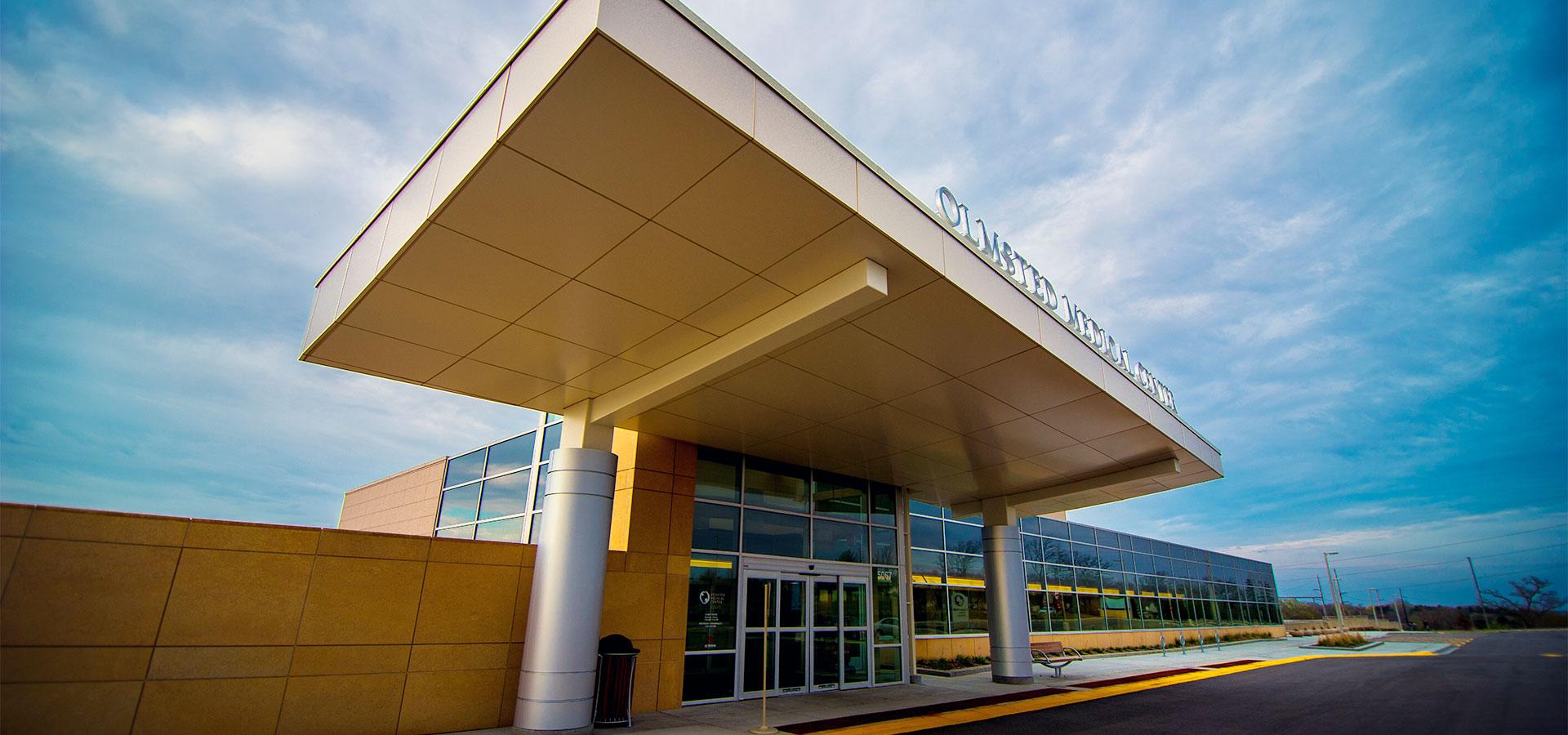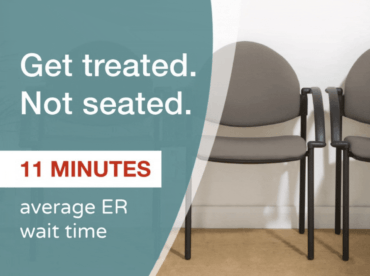When Olmsted Medical Center (OMC), Rochester, MN, set out to redesign their website, they had traditional redesign goals like improving navigation and making the site more user-friendly and more mobile-friendly. The organization also had another, less-traditional goal: make life easier for the individual who manages all aspects of OMC’s website.
With that in mind, when it was time to think about how to improve OMC’s web content, their long-time agency Geonetric suggested they collaborate in a new way. It was important Geonetric’s expert writers reviewed the existing content and updated it to improve readability and usability. But instead of passing Microsoft Word documents back and forth for a round of editing, the Geonetric writers made changes directly in OMC’s content management system (CMS) VitalSite. Then, OMC’s team could log in to review and approve, saving time for everyone involved and ensuring those enhanced pages were ready to go at launch.
Improving content across the site
OMC’s web content was accurate and up-to-date – but they knew it could be improved. So instead of writing a new copy from scratch, OMC asked Geonetric’s expert content developers to give the content on their 15 priority services lines a thoughtful refresh.
The team got to work, reviewing each section and making improvements to ensure each page was optimized based on best practices for healthcare web writing. For each page, the team:
- Ensured the content was patient-focused
- Improved scannability by rewriting headlines and adding bulleted lists
- Added cross-links throughout the site to related services, providers, and locations
- Identified instances of medical jargon and replaced them with plain language to be more readable and improve health literacy for better accessibility
- Wove in some of OMC’s differentiators such as personalized care and community-focus into the copy
Working collaboratively
It wasn’t just the quality of the work that was exceptional, it was also the timely and efficient completion of the work. With such a small team managing both the website redesign and communications for an Epic implementation, OMC and Geonetric worked together to find ways to make processes more seamless and see where Geonetric could deliver value more quickly.
For the content project, the Geonetric content team logged in and made content edits, alleviating the need for documents to go back and forth through email. This allowed the content team to see in real-time how changes looked with the new design and made it easy for OMC to review and approve content. It also saved OMC a lot of time, as approved copy didn’t have to be transferred from a Word document into the CMS.
New location profiles
Location content is more important than ever as health consumers are increasingly searching for and relying on accurate online location information. The same is true for OMC, and that’s why they wanted to focus on new online location profiles as part of the redesign.
To deliver the most value, Geonetric and OMC chose a high-volume walk-in clinic and created an optimized profile template with content that meets the needs of users and drove the strategic design of the organization’s new location profile pages. Geonetric’s writers included all the necessary elements, such as an address, hours of operation, directions, and information about the location.
With the thought-out profile as an example, it will be easy for the OMC team to create additional profiles for the rest of their locations.
Enjoying impressive results
Since the launch of their new site in April 2019, OMC is seeing great results. Many of the service lines the Geonetric team refreshed are reporting an impressive YOY increase in page views, including:
- Breast Health: 32% increase
- Cardiology & Vascular: 26% increase
- Convenient Care: 25% increase
- Pain Management: 12% increase
- Pharmacy: 73% increase
- BirthCenter: 2,336% increase
Occupational Health, Orthopedics, and Pediatrics sections are also reporting decreases in bounce rates, showing engagement is up. Organic entrances are also up, with Pharmacy reporting a 167% increase.
In addition, many sections the Geonetric team didn’t touch are also reporting slight improvements, likely due to the in-depth cross-linking strategies implemented.





